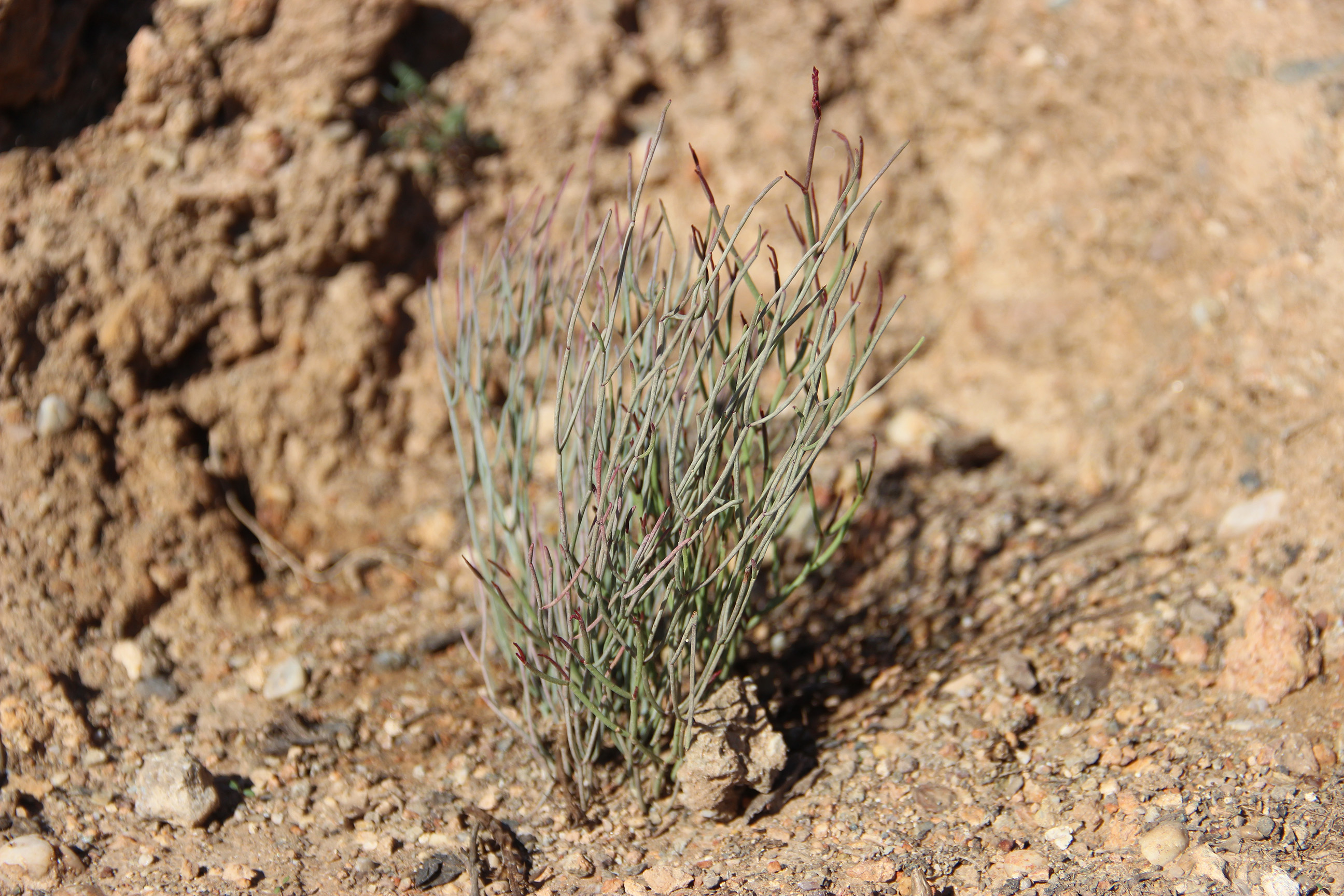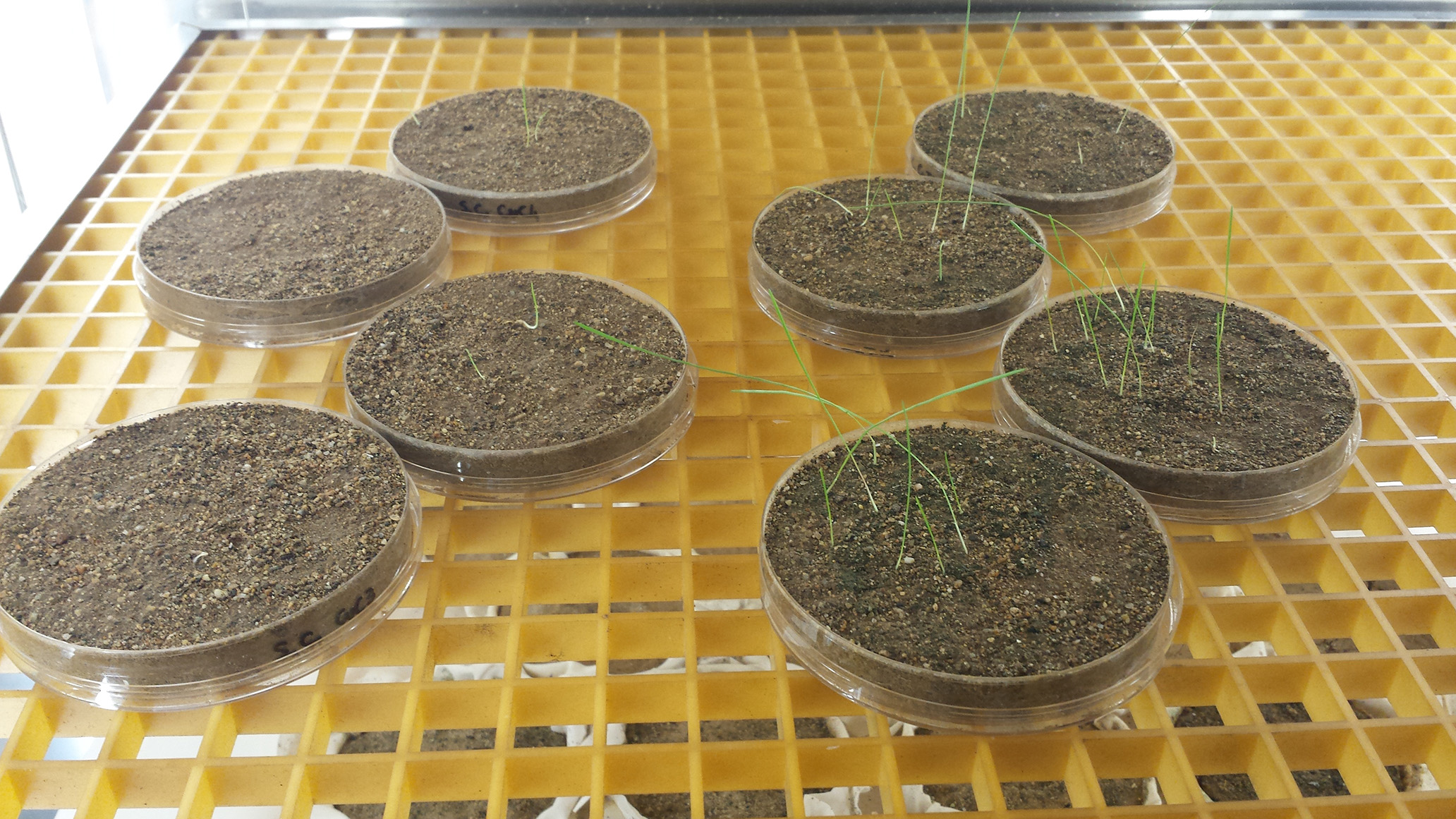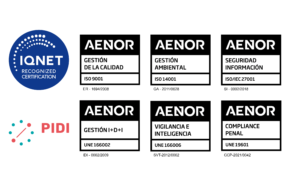Althenia Sando and Conacon Sando have managed to develop, through an R&D&I project co-financed by CTA (Technological Corporation of Andalusia) and in which the University of Almeria participates, an innovative and effective methodology of restoration of the natural environment affected by civil works (infrastructure construction and urban development) in arid areas. Specifically, the project combines in a novel and effective way the use of sludge from wastewater treatment plants (WWTP) with the selective inoculation of natural soil microorganisms (cyanobacteria) and revegetation with native plants, thus achieving the restoration of the affected environment after the execution of works.
Juan Antonio Báez, director of the Sando Group’s R&D&I department, emphasizes that “thanks to the help of CTA, we have been able to offer a sustainable solution to two serious environmental problems. Firstly, by recycling the polluting sludge from the wastewater treatment plants with a solution that can be exported to any WWTP. And, through this project, we are regenerating the land affected by the construction activity with innovation, thus fulfilling our social responsibility”.
Advances in environmental restoration techniques

Carlos García, CTA’s technical manager for Building and Civil Works, affirms that RECONLOD is a project that represents “a clear advance in environmental restoration techniques for spaces affected by infrastructure and urban development actions”. García explains that the project has made it possible to select, improve and use various natural strains of soil-improving microorganisms in degraded soils, capable of making the best use of sludge compost from wastewater treatment plants, thus facilitating its recycling. In addition, RECONLOD has developed new soil preparation and ground cover fixation techniques for this type of environment.
The RNM 927 Ecohydrology and Restoration of Arid Lands research group of the University of Almeria has participated in the project, thus achieving the transfer of knowledge from the scientific-university field to business activity.
Maximize water and nutrient capture

The developed technology also applies ecological simulation techniques and digital terrain models for optimal soil preparation, seeding and planting to maximize water and nutrient capture, retention and redistribution and minimize erosion. This facilitates the survival of the introduced vegetation and the environmental recovery of the environment.
In turn, WWTP sludge accelerates the establishment and colonization of cyanobacteria, which in turn consolidate and improve soil structure more rapidly. On the other hand, cyanobacteria capture and reduce the concentration in the soil of toxic salts and heavy metals that may be present in the sludge, limiting its possible adverse effects.
Field tests were carried out in Almería, specifically at the Níjar Wastewater Treatment Plant, where the sludge was obtained, and in the laboratories of the University of Almería.
The use of WWTP sludge is not new in itself, but its application together with selected bacterial strains and according to intelligent field application models is.




